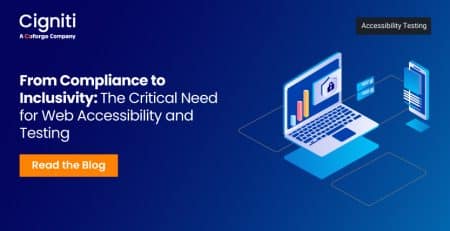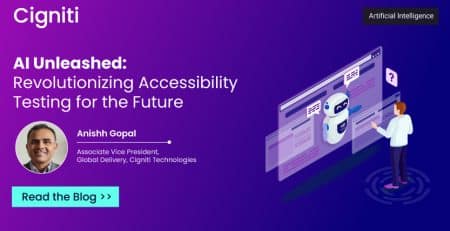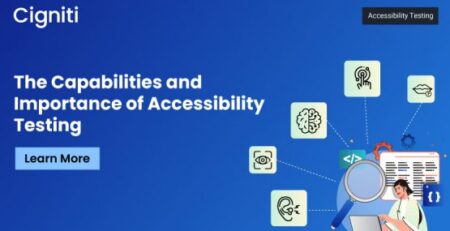Top 4 Accessibility Scenarios: Enhancing Web Content Accessibility
In the digital age, accessibility is paramount. Every user, regardless of ability, deserves equal access to online content. From websites to applications, ensuring accessibility aligns with ethical principles, widens the audience reach, and improves user experience. To achieve this goal, understanding and implementing accessibility scenarios are essential.
Understanding Accessibility Scenarios
Accessibility scenarios refer to various situations or conditions where users interact with digital content. These scenarios help developers and designers identify potential barriers and implement solutions to make content accessible to everyone. Here are the top four accessibility scenarios crucial to enhancing web content accessibility.
1. Screen Reading Software
For visually impaired users, screen reading software is indispensable. These tools use text-to-speech technology to read aloud the content displayed on the screen. Popular screen reading software includes Job Access with Speech (JAWS), Voiceover, and Speak Up. By ensuring compatibility with screen reading software, websites become perceivable to users who rely on auditory cues for navigation.
| Scenario | Screen Reading Software |
| Recommended / Available Tools | Job Access with Speech (JAWS), Voiceover, Speak up |
| Standards Supported | WCAG 1.0, WCAG 2.0, Section 508, ADA |
| Description & Test Approach |
|
2. Voice Recognition Software
Voice recognition software assists users with difficulty typing, such as individuals with dyslexia or motor disabilities. These tools allow users to control their devices and dictate text using voice commands. By supporting voice recognition software like Dragon Naturally Speaking or Talking Desktop, websites become operable for a broader range of users, enabling hands-free interaction.
| Scenario | Voice Recognition Software |
| Recommended / Available Tools | Dragon Naturally Speaking, Talking Desktop, Dragon Mobile Assistant |
| Standards Supported | WCAG 2.0, Section 508, ADA |
| Description & Test Approach |
|
3. Screen Magnification Software
Users with low vision benefit from screen magnification software, which enlarges on-screen content for improved visibility. Zoom Test and MAGic are examples of screen magnification tools that enhance the usability of websites and applications for visually impaired individuals with residual vision. By accommodating screen magnification software, websites become more understandable and navigable for users with varying degrees of visual impairment.
| Scenario | Screen Magnification Software |
| Recommended / Available Tools | Zoom Test, MAGic |
| Standards Supported | WCAG 2.0, Section 508, ADA |
| Description & Test Approach |
|
4. Captioning Software
Captioning software adds text descriptions to multimedia content, making it accessible to users with hearing impairments. Captions transcribe spoken dialogue and provide descriptions of sounds and music, enhancing comprehension for all users. By incorporating captioning software like Bobby, websites ensure that multimedia content is inclusive and informative for everyone.
| Scenario | Captioning Software |
| Recommended / Available Tools | Bobby |
| Standards Supported | WCAG 1.0, WCAG 2.0, Section 508, ADA |
| Description & Test Approach |
|
Conclusion
Incorporating these top four accessibility scenarios into web development practices is a legal and ethical obligation and a strategic advantage. By prioritizing accessibility, businesses can expand their audience reach, improve user satisfaction, and foster a more inclusive online environment. From adhering to WCAG guidelines to considering Section 508 and ADA requirements, web developers and designers play a crucial role in creating accessible digital experiences for all users.
Accessibility is not merely a feature but a fundamental aspect of digital inclusion. By embracing accessibility scenarios, we can create a web ecosystem where everyone can participate, contribute, and thrive.
Need help? Contact our Accessibility Testing experts to learn more about the accessibility scenarios and how to enhance web content accessibility.





Leave a Reply